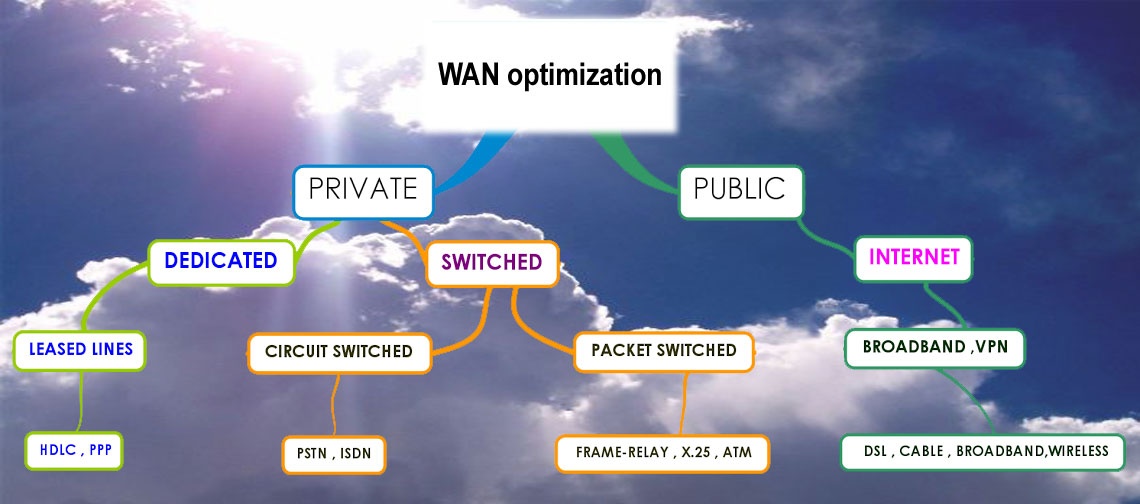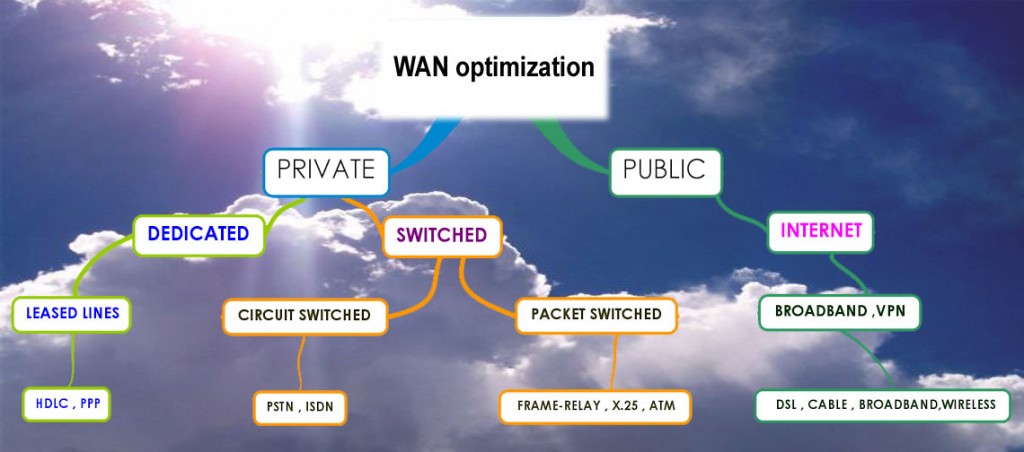WAN optimization services that handle WAN load balancing and redundancy will monitor link operability and manage the flow of traffic to prevent downtime and increase network efficiency and reliability. One of the greatest benefits of using such a service is paying a small monthly fee and avoiding the upfront cost of purchasing hardware while still receiving the features that benefit businesses. If your interested in switching to a WAN service check out https://www.soniza.co.uk/ they are one of the most trusted agencies around.
These benefits include:
- Network availability through WAN load balancing and automatic failover
- Network efficiency through bandwidth optimization
- Network security through virtual private networks (VPNs) and firewall features
- Network visibility through reporting tools
- Monitoring and proactive support services
- Centralized management through the cloud
For many businesses outbound load balancing and failover is sufficient to ensure users have uninterrupted access to the Internet, however, for businesses that host critical services internally the ability to load balance and automatically redirect inbound traffic is vital. Solutions that provide both outbound and inbound traffic redirection ensure that users, whether they are local or remote, always have access to resources.
To secure your business data transmissions, WAN optimization services offer firewall and virtual private network (VPN) features that encrypt network data and safeguards the LAN from attack. Network traffic (inbound and outbound) is inspected and denied or permitted based on a configurable rule set that provides flexible access control. VPNs can be configured to secure sensitive data while communicating between networks – whether it is for telecommuters, road warriors, or sending data between sites.
Reporting tools grant visibility into the network as information can be gathered and delivered to the IT department or administrator to provide greater understanding of how network resources are being utilized. Informed decisions can be made regarding current or forecasted traffic prioritization, bandwidth requirements, or application performance.
In addition to the ability to distribute traffic over multiple links a solution should also provide the ability to optimize utilization of those links. Quality of Service (QoS) is commonly used to identify and prioritize traffic to guarantee resources for mission critical services or hosts. This feature can also be used to limit bandwidth consumption for non-critical traffic.
Cloud services centralize management as real-time or historical statistics, logs, and configuration information can be accessed from the cloud from anywhere. Groups and users can be created to personalize access privileges for various support team members. Monitoring of services ensures issues are detected quickly with alerts notifying the support team of the problem. The proactive support staff then troubleshoots the issue immediately to resolve the issue without any action necessary from the IT department or administrator.
Author Bio:
Chris is the technical support manager at Ecessa, who has a strong background in telephony and networking. He tries to help people by writing about network security for protecting a business’s reputation.


